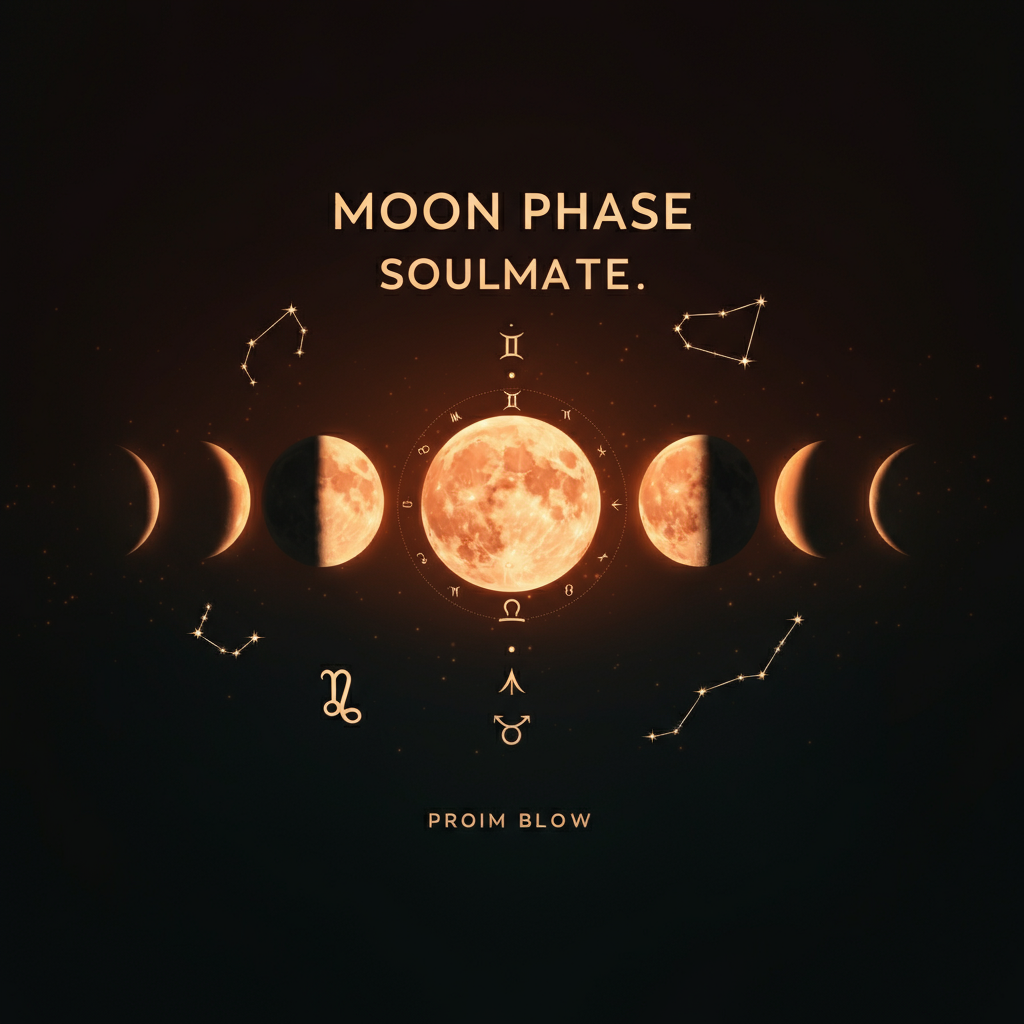Astrology isn’t just about understanding yourself; it can also offer profound insight into your relationships. Whether you’re exploring the dynamics of a romantic partnership, friendship, or family bond, astrology provides tools like synastry and composite charts to help you decode the cosmic connection you share with others.
These charts serve as celestial roadmaps for relationships, revealing strengths, challenges, and areas of growth. But what exactly are synastry and composite charts, and how can they help you better understand your relationships? This guide will walk you through both topics, provide examples, and share practical advice to apply this knowledge to your life.
Understanding Synastry Charts
A synastry chart is essentially a comparative analysis of two birth charts. By overlaying one person’s chart on another, you can examine how their planetary placements interact and influence each other. Synastry charts focus on the relationship between two individuals, highlighting compatibility, attraction, and potential points of conflict.
Key Features of Synastry Charts
Here are the main components to consider when analyzing a synastry chart:
1. Planetary Aspects
Planetary aspects in synastry reveal how one person’s planets interact with the other’s. These aspects include conjunctions, oppositions, squares, trines, and sextiles, each bringing a unique flavor to the relationship dynamic.
- Conjunctions: Major alignment and intense energy. This can create a sense of unity or amplify existing tensions depending on the planets involved.
- Example: If one person’s Venus (planet of love) is conjunct the other’s Mars (planet of passion), there might be strong physical attraction.
- Trines and Sextiles: Harmonious, supportive energy. These aspects often signify ease and natural compatibility.
- Example: A trine between someone’s Moon and the other’s Jupiter might indicate emotional nurturing and mutual growth.
- Squares and Oppositions: Challenging dynamics that can lead to growth. While these aspects can create tension, they also encourage problem-solving and compromise.
- Example: A square between one person’s Sun and the other’s Saturn can create feelings of restriction or responsibility, prompting discussions about roles and boundaries.
2. Sun, Moon, and Rising Sign Interactions
The Sun, Moon, and Rising signs play a central role in synastry. Their interactions often reflect the basic alignment of personalities, emotional needs, and approaches to life.
- Sun signs show core compatibility and life goals.
- Moon signs reveal emotional connections and how each person nurtures and feels supported.
- Rising signs depict initial impressions and how the two individuals project themselves in public.
3. Venus and Mars Relationships
Venus symbolizes love, beauty, and values, while Mars governs passion, drive, and conflict. A harmonious relationship between these planets often signifies strong romantic and physical compatibility.
- Example: If one person’s Venus harmonizes with the other’s Mars, the relationship may have a natural balance of romantic passion and attraction.
4. Outer Planets and Long-Term Influences
Outer planets like Jupiter, Saturn, Uranus, Neptune, and Pluto shape more long-term or generational themes in relationships.
- Example: If one person’s Saturn heavily influences the other’s chart, there could be a teacher-student dynamic or feelings of support intertwined with responsibility.
Interpreting a Synastry Chart Example
Imagine Person A’s Venus is in Gemini, while Person B’s Mars is in Sagittarius. These two signs are opposites on the zodiac wheel, suggesting strong attraction but also potential philosophical clashes. The pair might need to balance their intellectual curiosity with their need for independence.
Introduction to Composite Charts
Unlike synastry, which compares two individual charts, a composite chart merges both into a single chart that represents the relationship itself. It is the “birth chart” of the relationship, showcasing its character, purpose, and potential.
Key Elements of Composite Charts
1. The Composite Sun
The Sun in a composite chart reveals the shared identity of the relationship. It provides insight into what the partnership is here to accomplish together.
- Example: A composite Sun in Cancer may point to a nurturing, family-oriented relationship, while a Sun in Aries suggests a bold, active connection centered around mutual ambition.
2. The Composite Moon
The Moon in this chart describes the emotional dynamics and shared inner world. It highlights how both individuals offer emotional support within the relationship.
- Example: A composite Moon in Virgo may indicate a problem-solving approach to emotions, with a focus on organization and mutual improvement.
3. The Composite Ascendant
The Ascendant defines how the relationship appears to the outside world. It also reflects the couple’s approach to their shared life.
- Example: An Aquarius Ascendant might indicate an unconventional, forward-thinking relationship that values individuality within partnership.
4. Planetary Placements and Houses
Where planets fall in the composite chart’s houses reveals the areas of life most affected by the relationship.
- Example: Venus in the 7th house indicates a relationship focused on harmony, love, and commitment, while Mars in the 10th house suggests ambition and a shared drive for public recognition.
5. Challenges and Opportunity for Growth
Some aspects in a composite chart might highlight areas of tension. For example, a square between composite Sun and Uranus could suggest sudden changes or instability, urging the couple to prioritize communication and adaptability.
Interpreting a Composite Chart Example
Consider a couple with a composite Moon in Pisces. This placement suggests they share a deeply empathetic and spiritual emotional connection but might need to watch for signs of overidealization or avoidance of practical concerns.
Practical Tips for Using Astrological Charts to Improve Relationships
1. Focus on Communication
Astrology is a guide, not a guarantee. Use insights from synastry and composite charts to start honest conversations about needs, expectations, and challenges.
2. Celebrate Strengths
Highlighting harmonious aspects can reinforce confidence in the bond and remind couples of what works well.
3. Work on Challenges
Identify challenging aspects as opportunities for growth, not deal-breakers. For instance, Saturn’s influence might bring responsibility, but with effort, it can also create a foundation for long-term stability.
4. Avoid Overreliance
While astrological tools are helpful, they’re not substitutes for mutual effort, respect, or professional support when needed.
5. Seek a Professional Astrologer
For deeper insights, consider consulting an experienced astrologer to help interpret complex interactions and themes in your charts.
FAQs About Synastry and Composite Charts
1. How do I create a synastry or composite chart?
You can generate these charts using various online tools or astrology apps. Simply input both individuals’ birth details (date, time, and location) to create the charts.
2. What if my charts show challenges?
Challenges in charts aren’t bad; they reflect growth opportunities. Use these aspects to deepen understanding and work through potential conflicts.
3. Can astrology predict the success of a relationship?
Astrology highlights potentials and patterns but doesn’t make absolute predictions. Relationship success relies on communication, effort, and mutual respect.
4. Are composite charts only for romantic relationships?
No. Composite charts can be created for any relationship, including friendships, family bonds, or business partnerships.
5. Can I interpret these charts without much astrology experience?
Absolutely! Focus on key elements like the Sun, Moon, Rising, and major aspects to gain basic insights. Over time, you can expand your knowledge by learning more advanced techniques.
6. What’s the difference between synastry and composite charts?
Synastry examines how two individual charts interact, while composite charts create a single chart representing the relationship itself.
Final Thoughts
Astrology offers a fascinating way to explore relationships through synastry and composite charts. These tools uncover compatibility, challenges, and growth opportunities, helping you understand your connection on a deeper level. Whether you’re just starting to explore astrology or looking for fresh insights, these charts can serve as powerful guides for self-awareness and relationship improvement.
Remember, the stars may guide you, but the love, effort, and care you invest are what truly make a relationship thrive.





